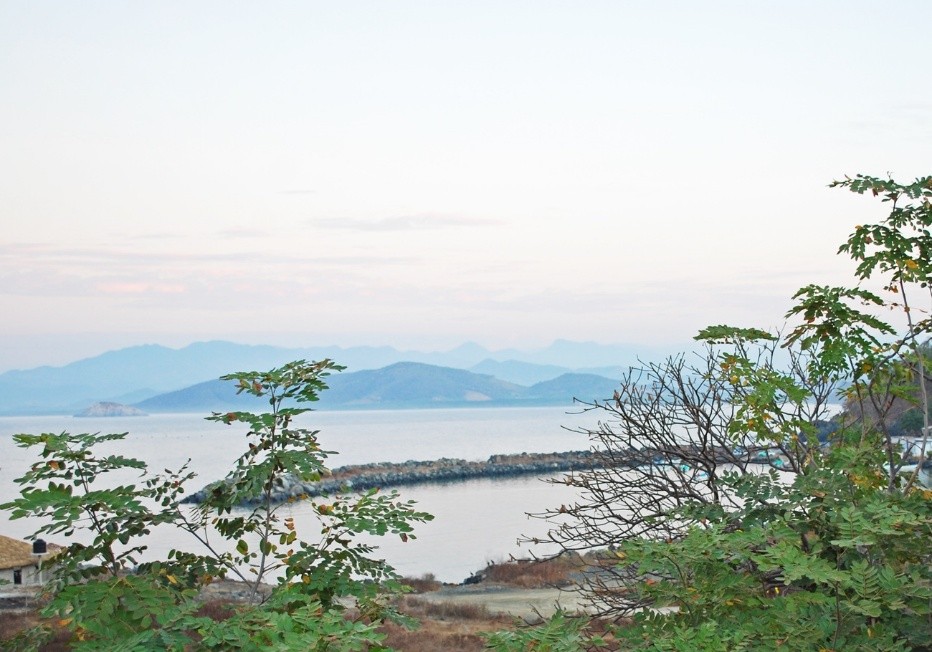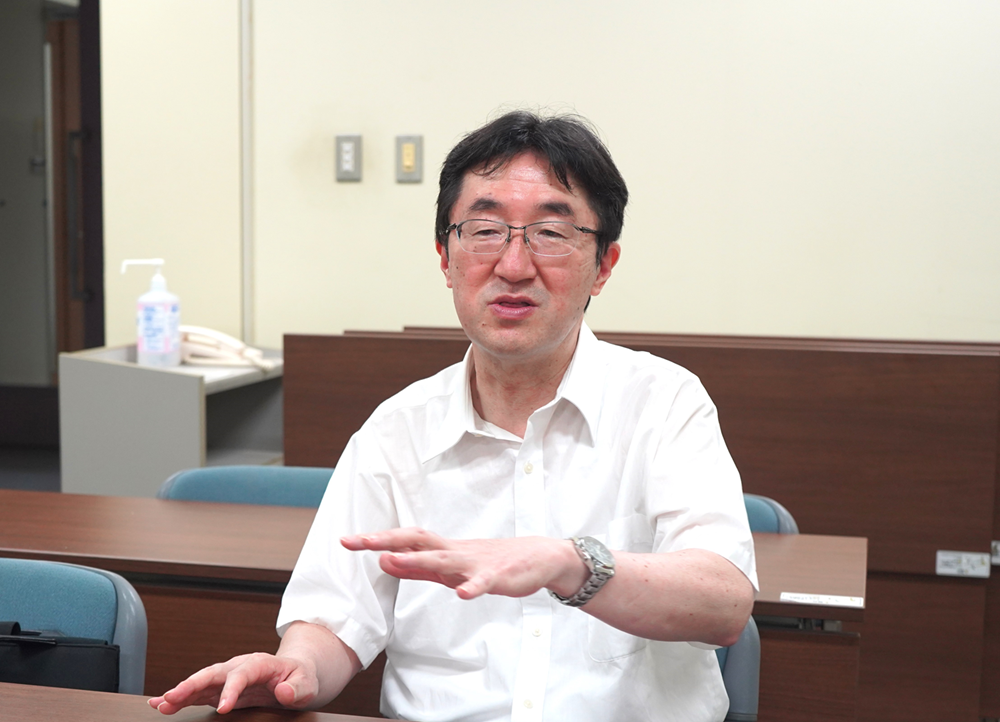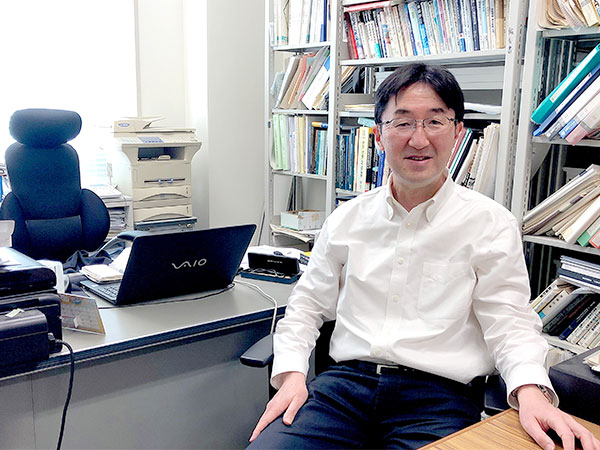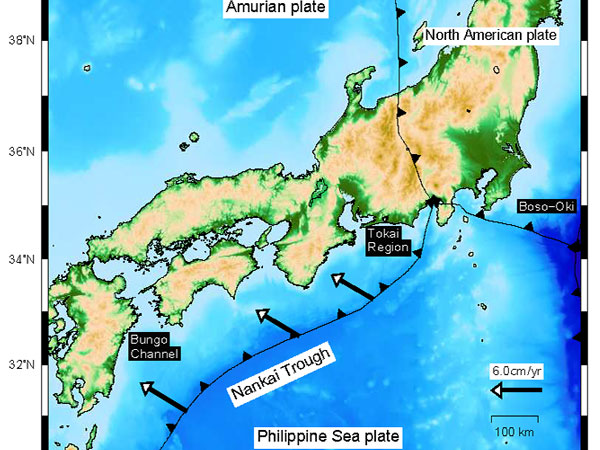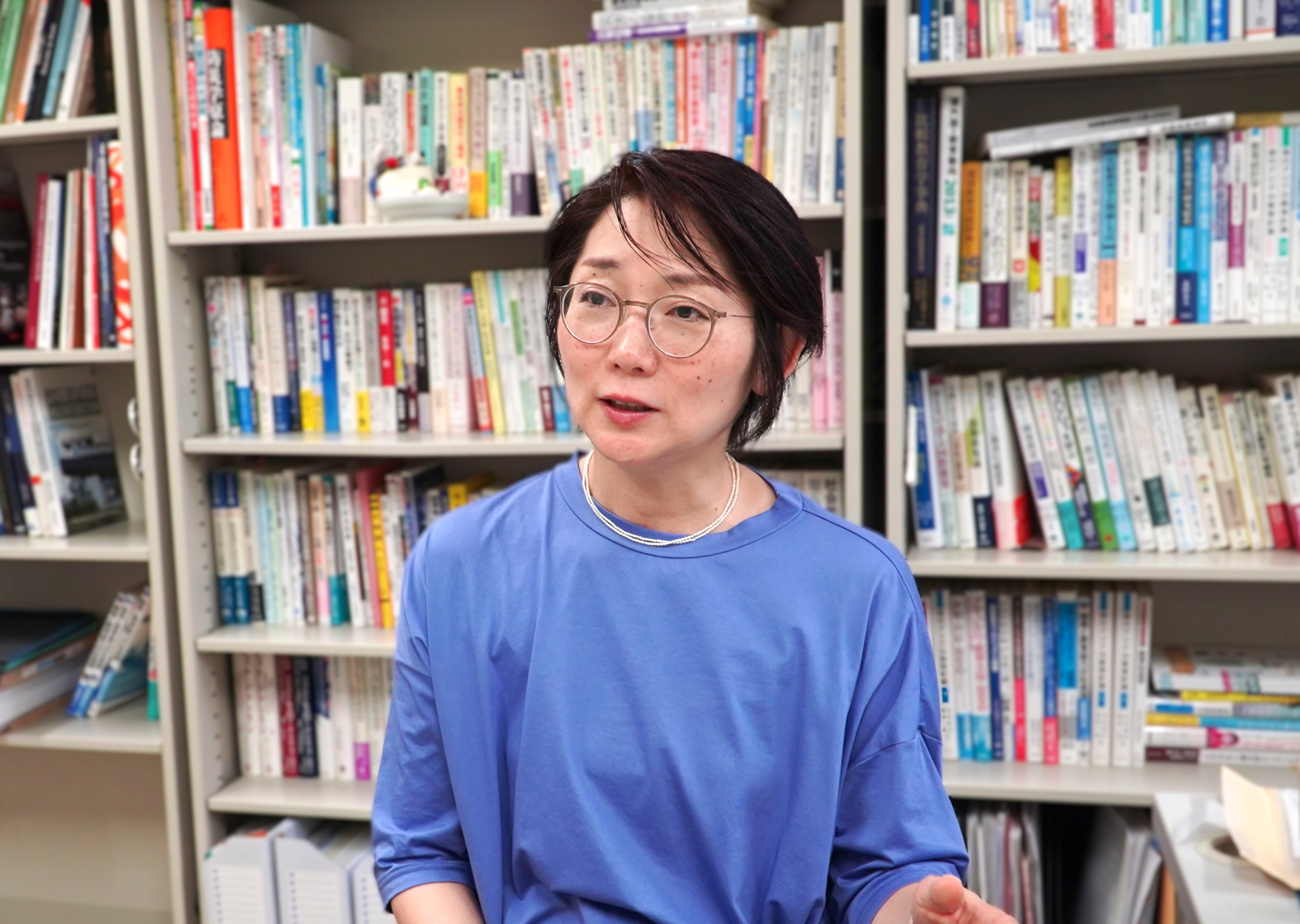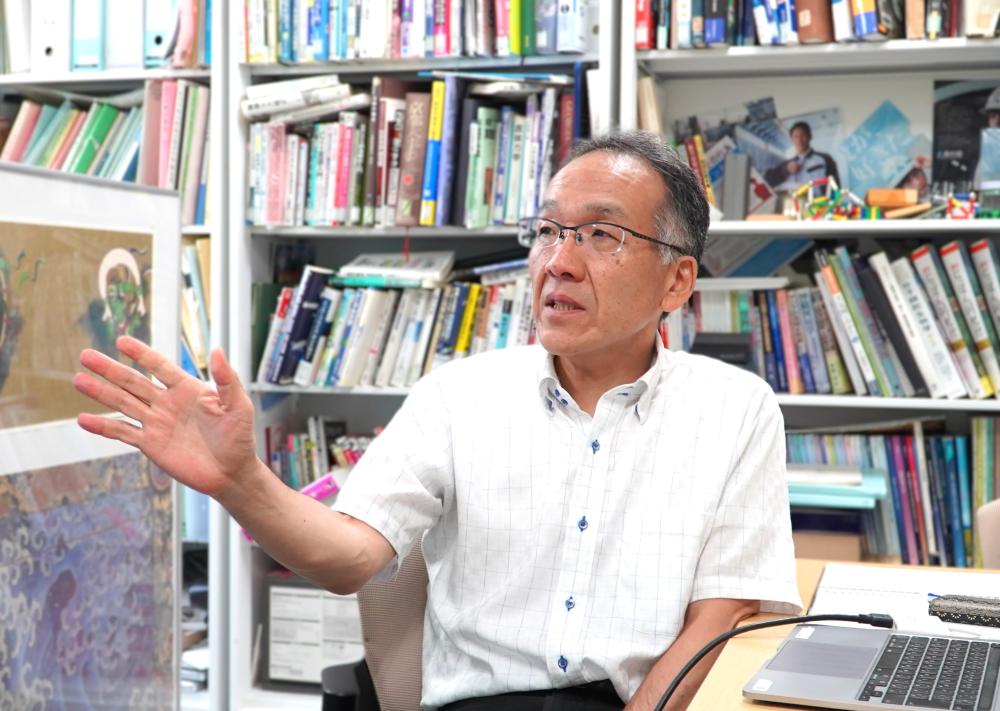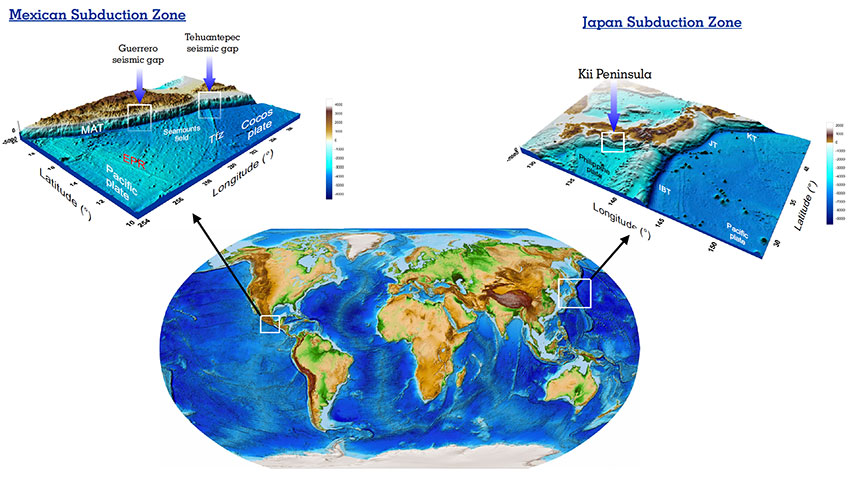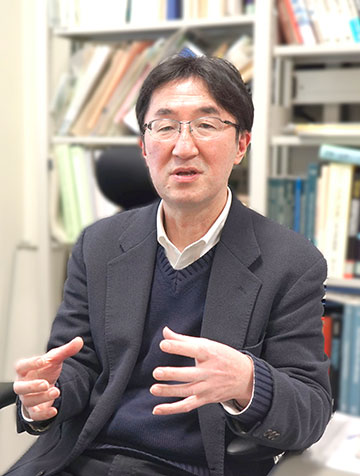
The Noto Peninsula earthquake that occurred on January 1 brought the challenges of earthquake-prone Japan back into sharp focus. With a magnitude of 7.6, surpassing the 1995 Kobe earthquake (Great Hanshin-Awaji earthquake), it caused significant upheaval in the landscape and substantial ground uplift. The large number of aftershocks is also notable. What exactly happened under the Noto Peninsula? We asked Professor YOSHIOKA Shoichi from the Research Center for Urban Safety and Security of Kobe University, an expert in earthquake generation mechanisms, about the characteristics of this earthquake and future countermeasures.
Eight times the energy of the Great Hanshin-Awaji earthquake
How did you feel when you first heard about the Noto Peninsula earthquake?
Yoshioka: I was at home in Kobe city when the earthquake occurred. I received the emergency earthquake warning on my smartphone, but I didn't feel any tremors, so I initially thought it was a false alarm. However, when I turned on the TV, I realized it was a major earthquake. I also received information from overseas researchers I know.
Whenever a major earthquake occurs somewhere in the world, the United States Geological Survey (USGS) analyzes it and disseminates the information. I started analyzing this earthquake while looking at such scientific information. The scope of the fault that moved during the Noto Peninsula earthquake was about 150 kilometers. Given that the Kobe earthquake fault extended over about 50 kilometers, it's clear that this was quite a large quake. In terms of energy, it was approximately eight times that of the Kobe earthquake.
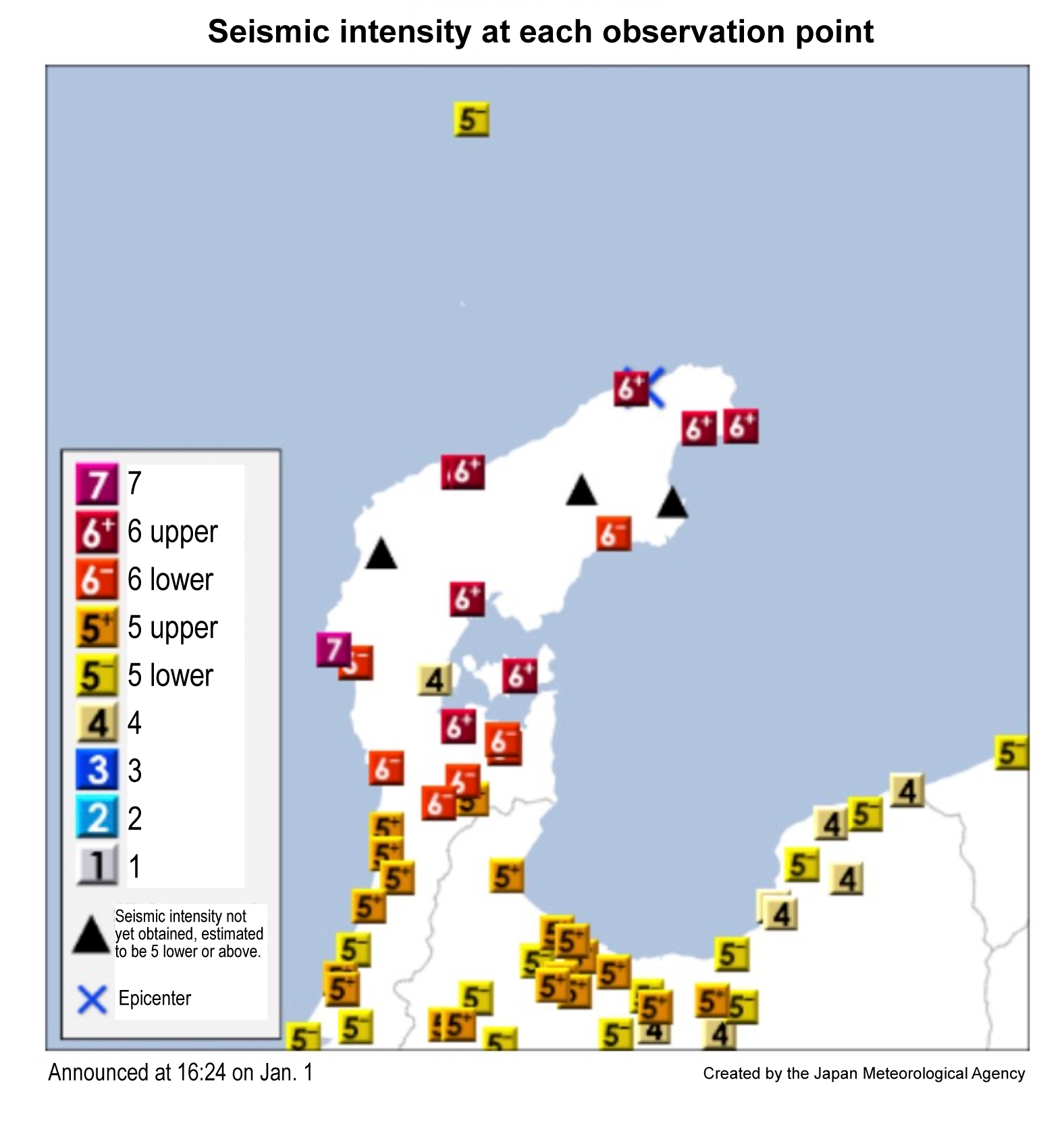
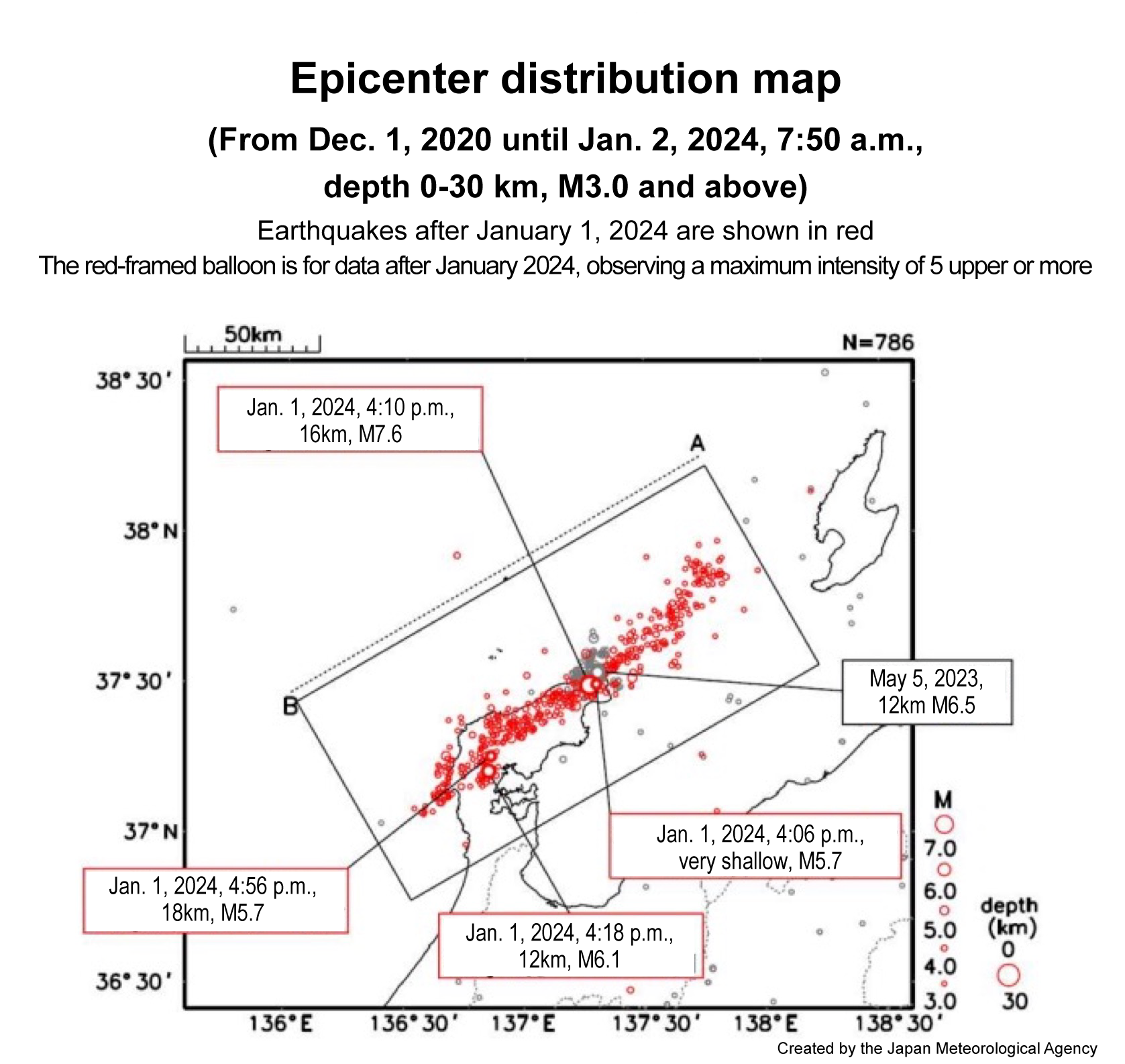
Distribution of epicenters of earthquakes around the Noto Peninsula (from JMA data)
What do you think happened underground in the Noto Peninsula?
Yoshioka: The earthquake was a reverse fault type, where the active fault directly beneath the northern part of the Noto Peninsula moved vertically. Analysis of the seismic waves revealed significant displacement directly beneath the northern tip of the peninsula, as well as large movements in the submarine active faults between the peninsula and Sado Island (Niigata Prefecture). Due to the vertical movement, the land side was lifted up, with the coastland around Wajima City reportedly elevated by as much as 4 meters.
Such uplifts are said to occur about once every 5000 years in the Noto Peninsula and there are stair-like land features that indicate this. These changes in the landscape are permanent displacements that do not return to their original state, meaning that the map of Japan has changed. It is believed that the severe damage to infrastructure such as roads and water pipes was caused by this permanent displacement and strong shaking. The maximum acceleration, which serves as a rough measure of the strength of the shaking, was recorded at 2828 gal in Shika Town (the Kobe earthquake registered at 891 gal at the Kobe Marine Weather Station). It is said that rocks buried near the surface can be ejected when the acceleration exceeds 1000 gal, so it was a very strong quake.
There had been a series of earthquakes in the Noto Peninsula since the end of 2020, and in May 2023, a magnitude 6.5 earthquake (seismic intensity 6+ in Suzu City) also occurred. Is there any connection with this earthquake?
Yoshioka: The swarm of earthquakes in the Noto Peninsula could have been settling down, but on the other hand, some researchers had proposed that it could be a precursor to a major earthquake. Generally, swarms of earthquakes are more likely to be a series of small earthquakes rather than leading to a large one. However, this time, the worse outcome occurred.
As the Earthquake Research Committee (a research organization established in the Headquarters for Earthquake Research Promotion of the government) has pointed out, the series of earthquakes in the Noto Peninsula is believed to be related to the movement of underground water rising from the Pacific Plate. The water contained in the rocks can be released under certain temperature and pressure conditions. It is speculated that this water had been rising and accumulating directly beneath the Noto Peninsula, triggering a series of earthquakes over about three years. Fluids act like lubricants, making it easier for the fault surface to slip. It is highly likely that the water gradually moved and now stimulated the main fault in this earthquake.
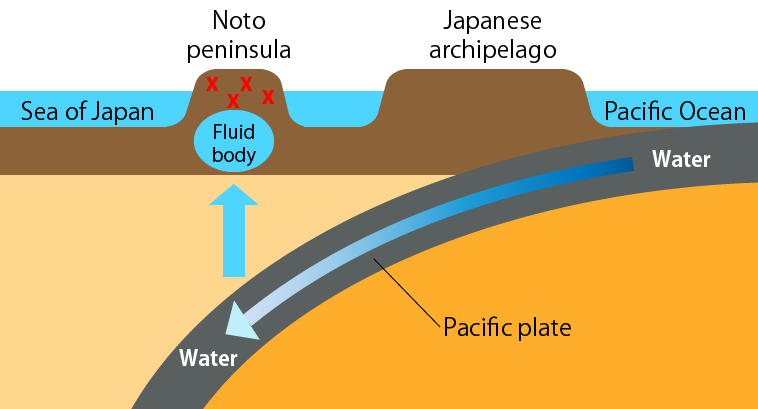
There have been previous examples of water being involved in swarms of earthquakes. The Matsushiro swarm of earthquakes in Nagano Prefecture, which started in 1965 (with a maximum seismic intensity of 5), lasted for about five and a half years, and after a large amount of water spewed out from underground, it began to subside. Some researchers had speculated that a similar phenomenon might occur in the Noto Peninsula before this earthquake occurred.
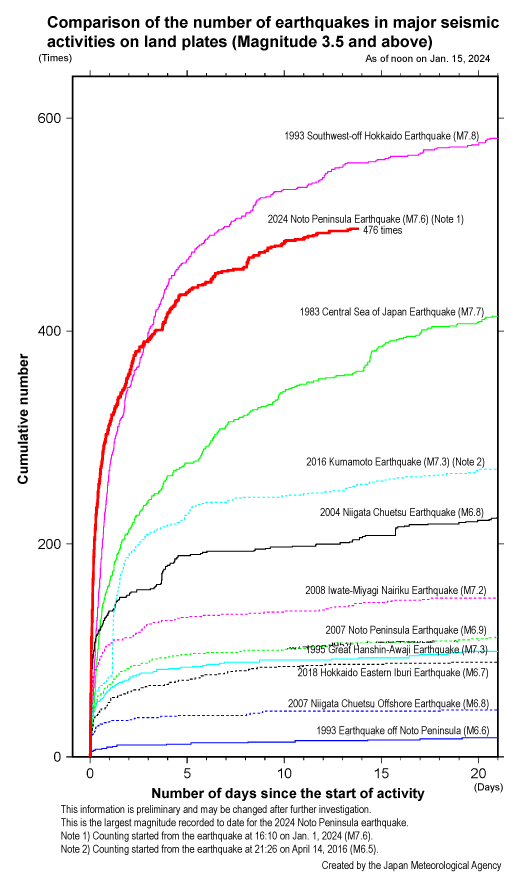
Aftershocks of the Noto Peninsula earthquake (from JMA data)
The size of the fault rupture area influenced the frequency of aftershocks
One characteristic of this earthquake seems to be the large number of aftershocks.
Yoshioka: Since large earthquakes involve large fault rupture areas, aftershocks occur in various places on the fault surface. When you add them up, the number of aftershocks per unit of time becomes large. This time, a very large fault of about 150 kilometers of length ruptured, so we believe that’s why there are so many aftershocks.
In addition, the fact that the fault moved at a shallow depth of about ten kilometers may also have contributed to the large number of aftershocks. Up to a depth of about 15 kilometers, rocks break with a “snap,” and if there are places that didn't slide during the main shock within that depth range, later cracks can occur and aftershocks are more likely to occur. On the other hand, at greater depths, faults are hotter, more fluid, and move with a "slushy" motion, so aftershocks do not occur.
Another characteristic of this earthquake was the early arrival of the tsunami.
Yoshioka: The tsunami is believed to have arrived early because the active fault near the coast moved significantly. It seems that it made landfall within 1-2 minutes after the earthquake in some areas. Some researchers point out that not only the movement of the active fault, but also landslides on the sea floor were a factor in the generation of the tsunami. After the Kobe earthquake, the Earthquake Research Committee began investigating active faults in Japan and has completed investigations on over 100 major active faults. However, most of them are active faults on land, and investigations on marine active faults have not yet begun, except for some parts of western Japan. Investigations can reveal the past activity of faults, but it is extremely difficult and time-consuming to investigate marine faults. At the time of the Noto Peninsula earthquake, the marine faults in the surrounding areas had not yet been investigated.
Could this earthquake influence the occurrence of earthquakes in other regions?
Yoshioka: It is not clear whether it will affect earthquakes in other regions, but it is known that seismic activity in the inland areas intensifies as the occurrence of the expected Nankai Trough mega-earthquake approaches. Therefore, there is still a possibility of a major earthquake occurring inland.
The Nankai Trough mega-earthquake occurs in a cycle of 90-150 years. The last one was the 1944 Showa Tonankai earthquake and the 1946 Nankai earthquake, so already 80 years have passed. In my classes, I tell my students that “the Nankai Trough mega-earthquake will occur at least within the generation of your children,” so it is absolutely necessary to be prepared. The Noto Peninsula earthquake caused all possible earthquake damages at once, including the collapse of houses, fires, a tsunami, and soil liquefaction. We must understand that such damages will occur over a wide area of western Japan in the event of a Nankai Trough mega-earthquake.
Unified information for tsunami response and rescue of people trapped in collapsed houses
How should we prepare?
Yoshioka: Looking at the damage from the Noto Peninsula earthquake, I feel that it is necessary to consider not only calling for tsunami evacuation but also responding to tsunamis and rescuing people trapped under buildings, by centralizing information. As part of the measures against the Nankai Trough mega-earthquake, it is necessary to create a system that can centralize information and quickly dispatch the Self-Defense Forces, rescue teams, and accept support from overseas.
The most important measure that can be taken at the individual and community levels is, of course, seismic retrofitting of buildings. If you live in a building built before 1981 when the Building Standards Act was revised, and haven't done seismic retrofitting, you should urgently consider it. Also, since we sleep for about one-third of the day, it's important to avoid putting furniture in the bedroom, sleep away from slopes such as mountains, and if you live in a two-story house, sleep on the second floor.
It's also important to gather information about the earthquake risk in your area. I would like people to make use of the online national seismic hazard maps provided by the National Research Institute for Earth Science and Disaster Resilience , where one can find out the susceptibility and danger level of shaking at the location of one’s home on the map.
Resume
| March 1985 | Graduated from the Faculty of Science, Kobe University |
| November 1990 | Doctorate in geophysical sciences from the Graduate School of Science, Kyoto University |
| December 1990 | Special research fellow of the Japan Society for the Promotion of Science |
| April 1994 | Assistant in the Department of Earth Sciences, Faculty of Science, Ehime University |
| August 1997 | Associate professor in the Department of Earth and Planetary Sciences, Graduate School of Science, Kyushu University |
| October 2009 | Professor at the Research Center for Urban Safety and Security, and the Graduate School of Science, Kobe University (April 2020 - March 2022: Director of the Research Center for Urban Safety and Security) |





